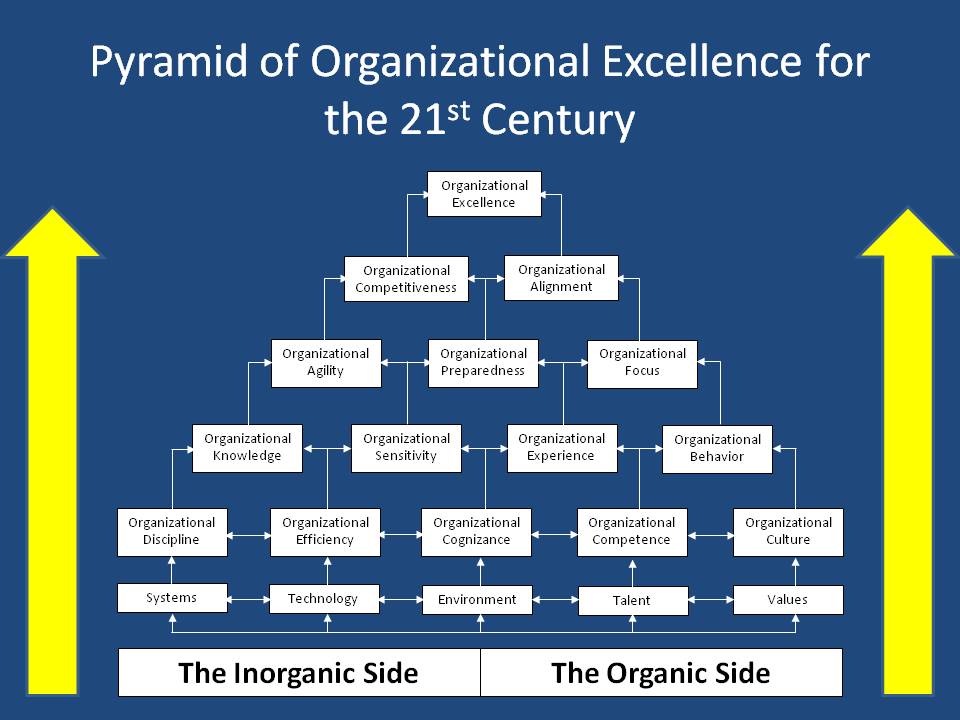Meaningful information has become critical for companies that are jostling for relevancy and competitiveness in the digital age.
The ability to synthesize a huge influx of data to facilitate insights and decision-making has led to a mushrooming of new functions that have evolved from largely marginalized roles in earlier times. Statisticians have shed their solemn, data-cruncher persona to become data scientists, the front-end face of innovation driven progressiveness. Terms like “big data,” “machine learning,” “deep learning,” “neural networks” and others have permeated the corporate landscape.
However, this infatuation with data comes at a cost of the “human factor” which is being systematically buffeted by technology. In hypercompetitive organizations, one of the exacerbating factors is the pervasive use of “efficiency-focused” metrics in analyzing the fulfillment and efficacy of performance objectives. Executive decisions are increasingly being subjugated by the dazzling displays of HR dashboards peppered with KRAs/KPIs, without being moderated by “humanistic concerns.”
The increasing encroachment of artificial intelligence (AI) has resulted in large pools of qualified candidates being routinely categorized and filtered by ATS software. These AI tech marvels are unaffected by the long-term potential of many of these candidates since the systems are programmed to screen within the narrow boundaries of tightly scripted job specifications. “Performance fit” often supersedes “cultural fit,” causing organizations to suffer embarrassing episodes of scandals with significant damage to the employer brand, e.g., Google for a series of sexual harassment cases against executives. Furthermore, the inherent bias and lack of inclusion has been routinely observed when technology is leveraged for hiring, as Amazon discovered, scrapping its AI-driven recruitment tool when it was found to routinely discriminate against women.
Consequently, there is a critical need for prudent and effective data analytics that is judicious in aggregation, assessment and application of reliable data.
Answering these questions can offer HR guidance in how to use data analytics and what to consider before applying it in practice:
- How is HR evolving into “people science” in your organization?
- Is the space for HR as a “people practice” being squeezed as a consequence?
- Are employees aware of what kind of data is being collected on them and how their feedback is being incorporated?
- How are you assuring the quality of data in facilitating the “true” metrics for enabling astute decision-making?
- How has such data helped you in making better business decisions? Do you benchmark with other organizations/competitors?
- Do you feel constricted by the proliferation of qualitative data and the lack of quantitative data? If so, what measures are you taking for resolving it effectively?
- How are you overcoming the challenges of relying too much on data?
- Are you hampered by the quality of data analyzers/scientists? If so, what are your measures to overcome such shortcomings?
- Does the humanistic connection suffer as a result of emphasis on people analytics? If so, what fruitful remedial measures are you taking?
- Are you in compliance with relevant legislation on such initiatives? Are privacy concerns being addressed appropriately? Would you consent to an independent audit?
- Can such data become like a “credit score” for employees and follow them around in their career progression with other employers? Would this become more important than a resume?
- How are you protecting such data from hackers/unauthorized parties?
- What measures/safeguards are being used in your organization to proactively assure that the accumulated people data is not used for malicious profiling/discrimination in terms of hiring future talent?
- How is “people science” helping in galvanizing diversity & inclusion initiatives within your organization? If it is not then what are your remedial measures?
- Have you established long-term collaborations with academic institutions for producing the future crop of talent with the desired skills for data analytics? Are such initiatives bearing fruit?
It is important to remember that information derived from data analytics has a “shelf-life” and needs to be managed and preserved accordingly to meet the needs/expectations of the stakeholders while bolstering the “knowledge bank” of the organization.
The true value of data analytics in an organization lies in its ability to leverage the intrinsic drivers of “customized ownership” (how it appeals to me) and “personal investment” (what do I gain from it) to enhance engagement and enrich productivity in the workforce. This is especially true in case of the middle managers, who are the backbone of the corporate entities. They have a finger on the pulse of the organization and are critical to the smooth implementation of strategic imperatives. Any disturbance within their ranks can send echoes of discontent throughout the organization and create major impediments for any progressive initiatives, and in particular, for those that are analytics driven.
Before embarking upon any improvement/transformative measures based upon data analytics, HR must conduct an honest appraisal of the dark alleys of the organization then take transparent, accommodative and prudent steps to avoid discord.
This calls for a well-balanced organization to sustain the drive for organizational excellence as depicted in the chart.
The “art” of leadership has to be balanced with the “science” that works behind most of the technological solutions. The decision-makers and those affected by their decisions are both humans, therefore, while technology boosts efficiency aspects (the inorganic side), care has to be taken in terms of alleviating humanistic concerns (the organic side) as the soul of the organization should not perish in its attempts to become more nimble in overcoming business challenges.
How are your data analytics initiatives faring?
